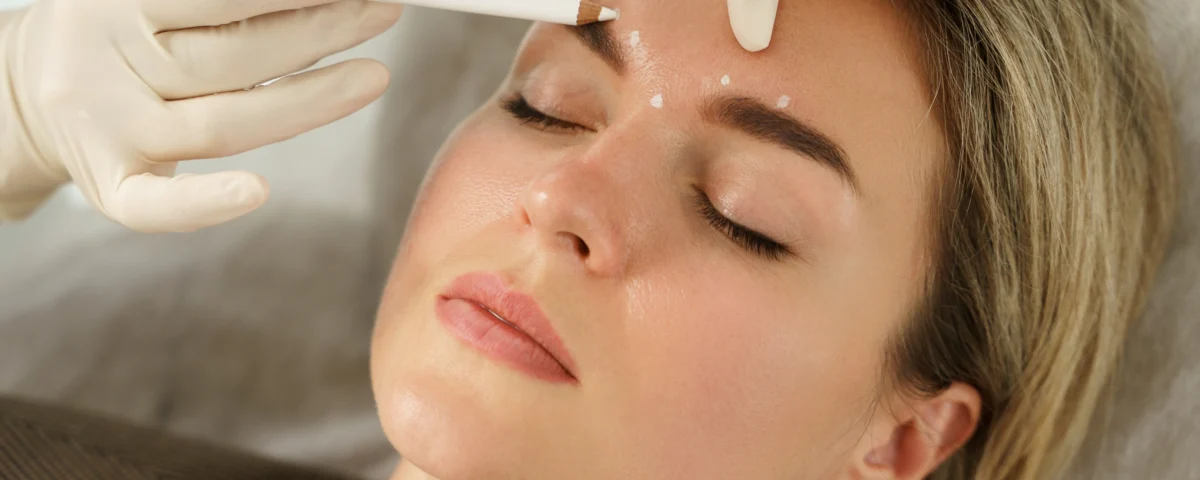
The Link Between Vascular Disease and Lifestyle Choices
October 3, 2025
The Science Behind Medical Weight Loss Approaches
October 3, 2025Migraines are a common neurological condition characterized by intense, throbbing headaches. These episodes can be accompanied by symptoms like nausea, vomiting, and extreme sensitivity to light and sound, impacting daily activities. Here is more information on what migraines are, what causes them, and how Botox can help:
What Are Migraines?
A migraine is more than just a severe headache; it is a complex neurological disorder. Attacks can last for hours or even days, with pain so severe it can be debilitating. Episodic migraines occur on fewer than 15 days per month, whereas chronic migraines occur 15 or more days per month for at least three months, with at least eight of those days having migraine features. Botox is specifically approved for the treatment of chronic migraines.
What Causes Them?
The exact cause of migraines is not fully understood, but genetics and environmental factors play a role. Migraines may be the result of abnormal brain activity temporarily affecting nerve signals, chemicals, and blood vessels in the brain. For some individuals, specific triggers can set off a migraine attack.
Common triggers include hormonal changes in women, certain foods and food additives, and changes in sleep patterns. Other triggers include sensory stimuli, such as bright lights or strong odors, as well as changes in weather or barometric pressure. Identifying and avoiding personal triggers can be a part of a comprehensive management plan.
What Is Botox?
Botox is the brand name for a neurotoxin produced by the bacterium Clostridium botulinum. For medical purposes, it is used in very small, purified doses that are administered directly into specific muscles. It is approved for treating conditions such as chronic migraines, muscle spasms, excessive sweating, and certain bladder disorders. Its function is to block nerve signals in the muscles where it is injected.
How Does It Work?
Botox works by blocking the release of certain neurotransmitters from nerve endings. When injected into a muscle, it prevents the nerve signals that cause the muscle to contract. This muscle-relaxing effect is temporary, typically lasting for several months before another treatment is needed.
The therapeutic effect of Botox is localized to the area where it is injected. The dose used for medical treatments is carefully calculated to be effective without causing systemic effects. Over time, the nerve endings regenerate, and muscle function gradually returns.
How Can Botox Manage Migraines?
For chronic migraine treatment, Botox works differently than it does for cosmetic purposes. It helps interrupt the pain pathways involved in a migraine attack. When injected into specific sites around the head and neck, Botox enters the nerve endings and blocks the release of chemicals involved in pain transmission.
This process prevents the activation of pain networks in the brain. The treatment does not stop a migraine attack that is already in progress, but it can help prevent future headaches from starting. It is used to reduce the frequency and severity of migraine attacks over time.
A typical treatment session may involve multiple injections in specific points along the forehead, temples, back of the head, neck, and upper back. These are the areas where pain fibers involved in headaches are located. Treatments are usually repeated every 12 weeks to maintain their preventative effect.
Find Relief Today
Managing chronic migraines can be a complex process, but there are various treatment options available. Botox offers a preventative approach for individuals who experience frequent migraine attacks, working by blocking pain signals before they develop into a full-blown headache. If you suffer from chronic migraines and are seeking a new management strategy, discuss this option with a healthcare provider.
- Soutaipasu: Exploring the Unique Japanese Subculture and Fusion Cuisine
- Wollmatten Guide: Benefits, Uses, Care Tips & Buying Advice for Natural Wool Mats
- Jadeitový kameň: Účinky, využitie, druhy a kompletný sprievodca
- Escapamento RD: Guia Completo, Modelos, Desempenho e Como Escolher o Melhor para Sua RD
- Sodiceram: Benefits, Uses, Installation & Complete Guide for Homeowners




